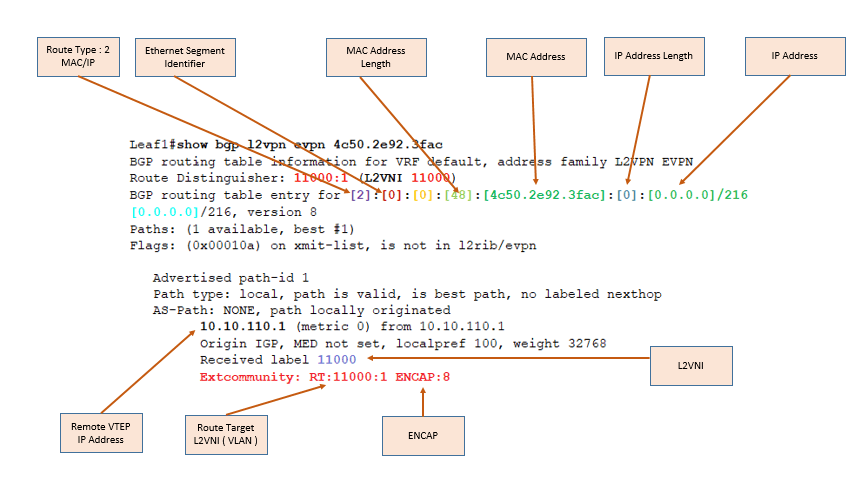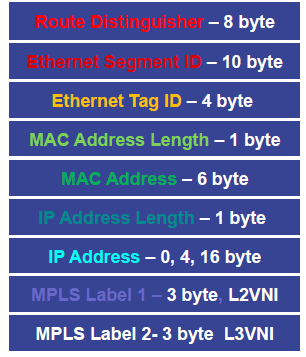EMAIL SUPPORT
dclessons@dclessons.comLOCATION
USWhy BGP EVPN over VXLAN is required.
In VXLAN there is traditional method of Flood and Learn mechanism where multidestination traffic is flooded over VXLAN between VTEPs to learn about host MAC address located behind VTEPs so that data traffic can be unicasts. This feature still have subsequent BUM traffic in DC VXLAN environment.
As VXLAN has 16 million VNI, and mapping to each multicast group is impractical for deployment.
Ingress Replication is sometime used in VXLAN, so that every VTEP must be aware of every VTEP that have membership for given VNI. Due to which source VTEP generates n copies for every multidestination frame weather some VTEP requires that frame or not.
So keeping all above or more issues in mind BGP EVPN VXLAN was introduced to address issues F&L problems.
Some benefits of BGP EVPN over VXLAN are discussed here:
- Host placement anywhere, and mobility
- Optimal east-west traffic
- Segmentation of tenant L2 and L3 tenant traffic
- Minimum flooding traffic
BGP EVPN feature address family sends the host MAC, IP, network, VRF, and VTEP information over MP-BGP. As long as a VTEP learns a host behind it BGP EVPN provides this information to all other BGP EVPN–speaking VTEPs. As long as the source VTEP continues to detect a host behind it, an EVPN update message is not sent out due to which other VTEPs need not “age out” any remote host reachability Information.
Before going much in deep we should learn about the BGP EVPN route type that is used to share the MAC, IP and other information for successful host reachability.
- Type 1 - Ethernet Auto-Discovery (A-D) route
- Type 2 - MAC advertisement route for L2 VNI MAC/MAC-IP
- Type 3 - Inclusive Multicast Route for EVPN IR, Peer Discovery
- Type 4 - Ethernet Segment Route
- Type 5 - IP Prefix Route for L3 VNI Route
Here in BGP EVPN, mostly Route type -2 and Route type 5 is used.
Route Type 2:
Route type 2 or MAC Advertisement route is for MAC and ARP resolution advertisement, MAC or MAC-IP
Route type 2 has has mandatory MAC Address and MAC Address Length fields and also define the Layer 2 VNI for the VXLAN data plan. This NLRI also allows for the optional fields, IP Address, and IP Address Length. When Route type 2 is used for bridging information then additional attributes such as Enacp type ( Encap 8: VXLAN) RT , or MAC mobility sequence is also sent.
And if routing is to be done then additional attributes or communities such as Router MAC of next hop, Layer3 VNI, RT is also sent.


Route type 3:
it is also said as inclusive multicast Ethernet tag route” and is typically used to create the distribution list for ingress replication. Route type 3 is immediately generated and sent to all ingress replication–participating VTEPs as soon as a VNI is configured at the VTEP and is operational. In this way, every VTEP is aware of all the other remote VTEPs that need to be sent a copy of a BUM packet in a given VNI.





LEAVE A COMMENT
Please login here to comment.